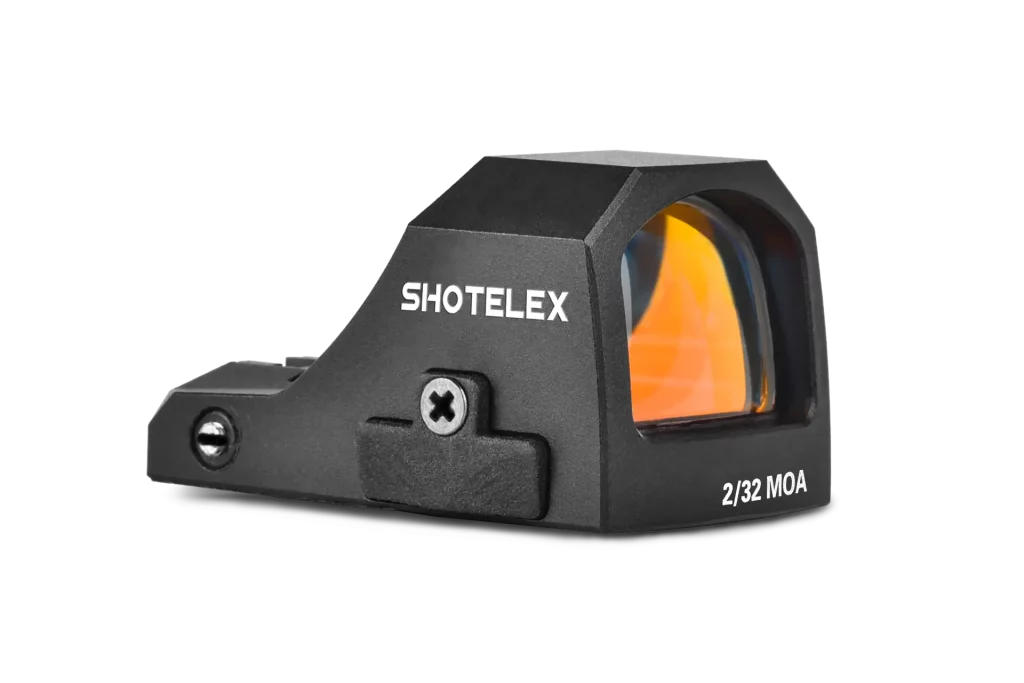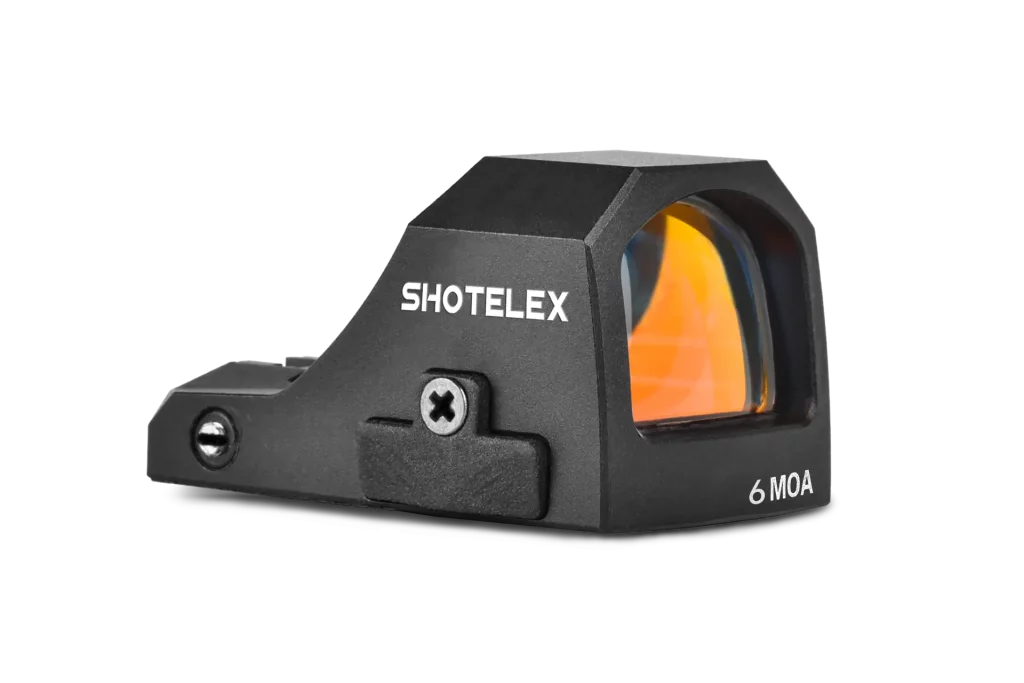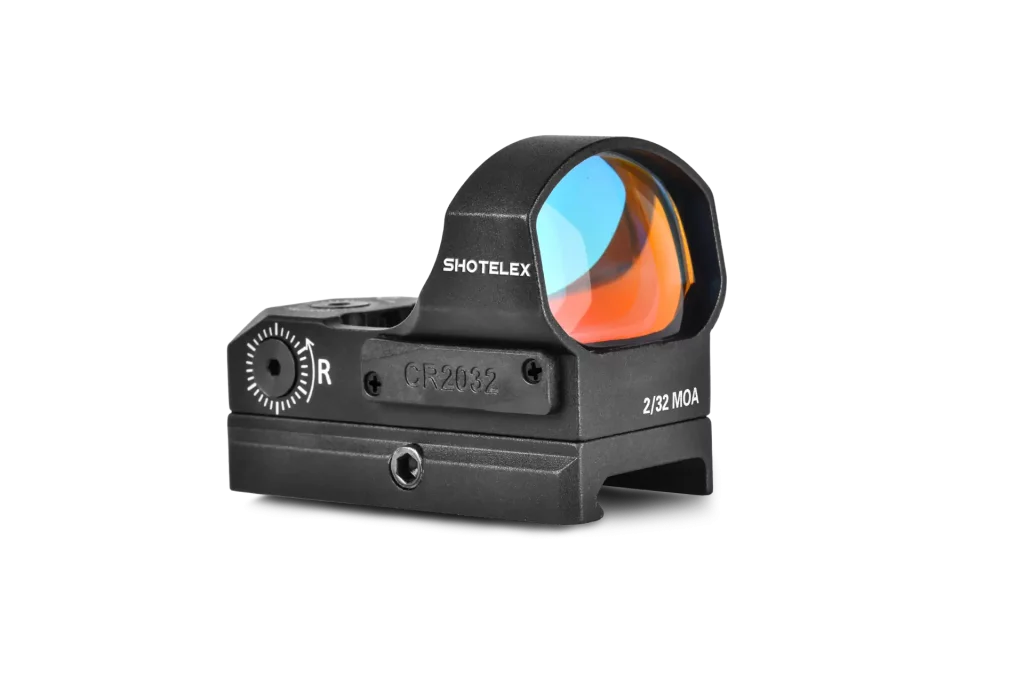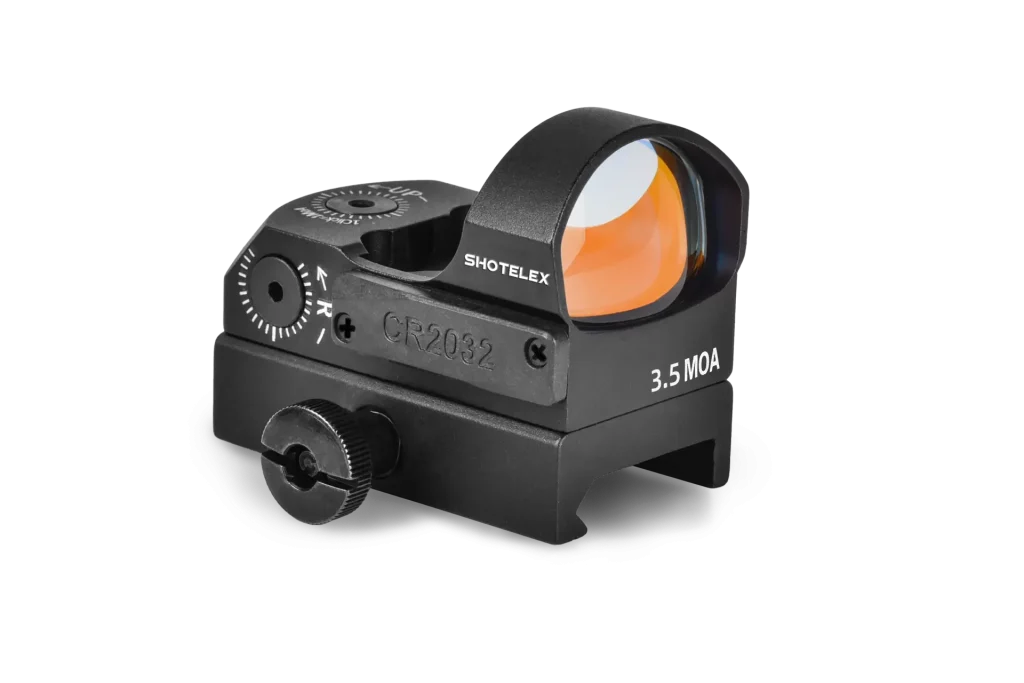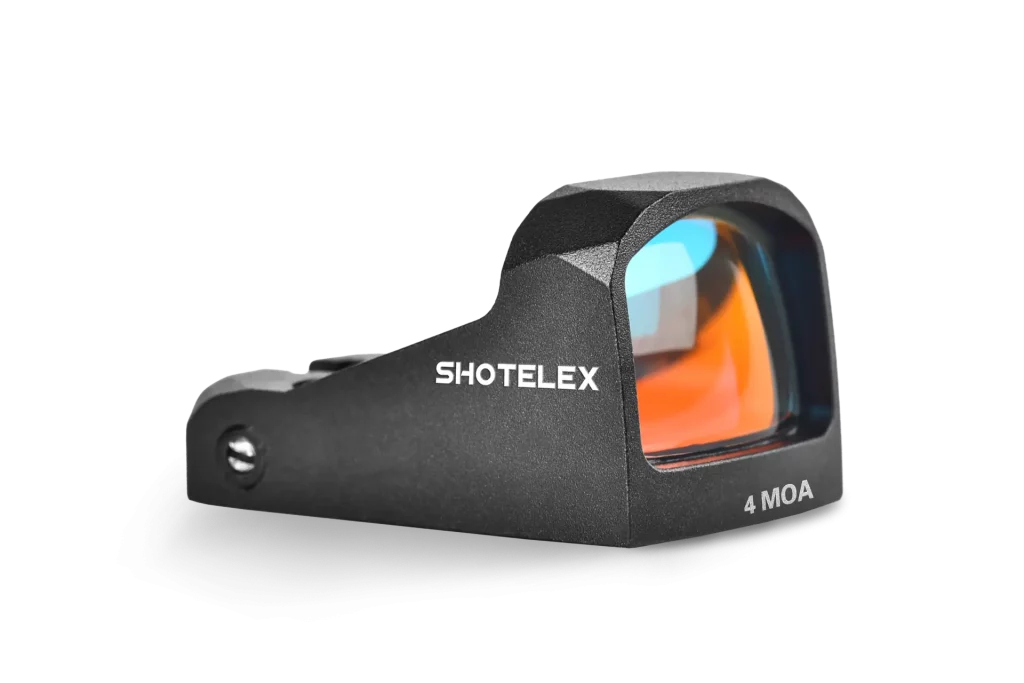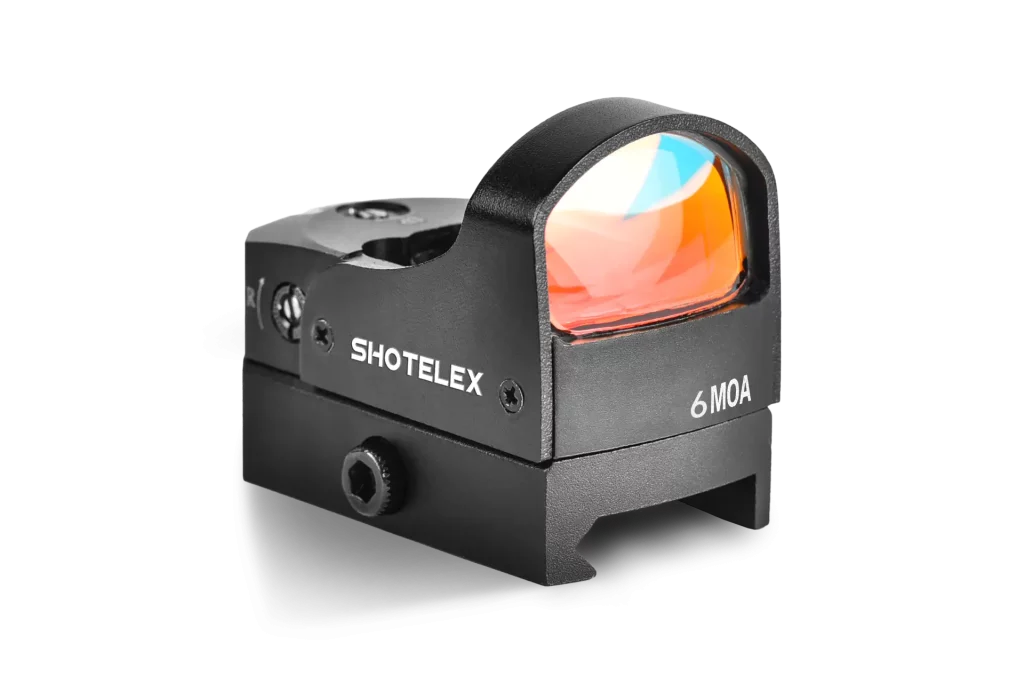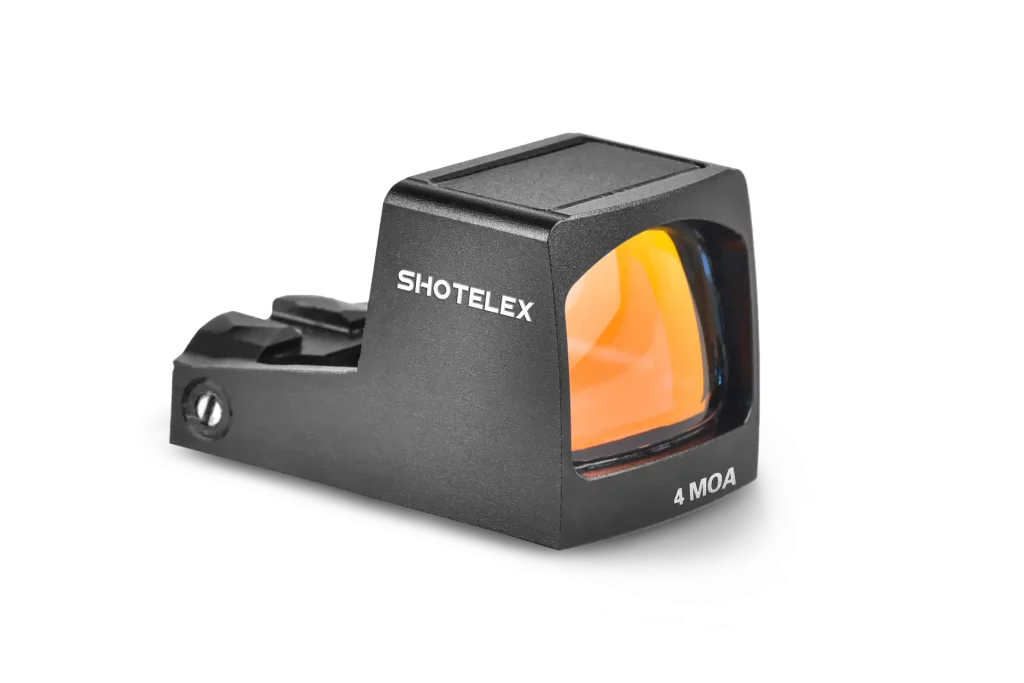Red vs Green Dot Sights: Which One Should You Choose?
In shooting, hunting, and tactical applications, sights are undoubtedly key equipment for “locking onto the target. Red dot sight and green dot sight are the two most common choices. For many shooting enthusiasts and professionals, choosing which sight to use often involves balancing accuracy with the specific use case.
While red dot and green dot sights may seem similar at first glance, the differences in detail are significant. In this post, we will take you through the differences between red vs green dot sights, helping you make the best decision in shooting and become an expert in aiming!
Part 1. What is a Red Dot Sight?
A red dot sight is an electronic aiming device that uses a red dot to help the shooter accurately target the object. The advantage of a red dot sight lies in its ability to provide quick target acquisition, making it especially useful in situations that require rapid response.
Whether for sport shooting, tactical training, or hunting, a red dot sight helps shooters quickly find their target under various conditions.
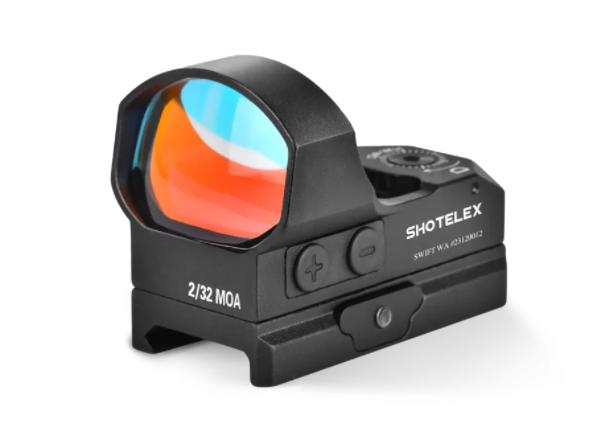
Advantages of Red Dot Sights:
- Fast Aiming: The red dot is clearly visible, allowing for quick target localization.
- Adaptability to Various Lighting Conditions: In bright sunlight during the day, red dot sights provide clear target acquisition.
- Ease of Use: Most red dot sights come with simple brightness adjustment features, making them adaptable to different lighting environments.
Part 2. What is a Green Dot Sight?
A green dot sight is similar to a red dot sight, but the key difference is that the dot is green. In low-light conditions, the green dot is usually more visible than the red dot, reducing eye strain, making it particularly suitable for long-term use.
Green dot sights are designed with different user needs in mind, especially for those who need precise aiming in low-light or nighttime environments.
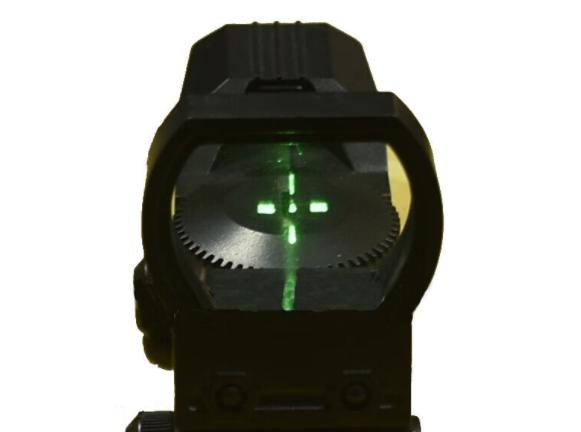
Advantages of Green Dot Sights:
Ideal for Low-Light Conditions: The green dot stands out better in dim light, providing improved visibility.
Reduces Eye Strain: Long-term use is easier on the eyes, as the green dot causes less eye fatigue compared to the red dot.
Brightness Adaptability: Green dot sights usually have more comprehensive brightness adjustment options, making them suitable for various lighting environments.
Part 3. Green Dot vs Red Dot Sight: Main Differences Between Them
Although red dot sights and green dot sights appear similar at first glance, both using a glowing dot to help shooters aim at targets, there are subtle differences that can significantly impact the shooting experience.
These differences become especially important depending on the lighting conditions and specific use case. Here are the main differences between red dot and green dot sights:
1. Dot Color
Red Dot Sight: The red dot sight uses a red-colored dot that is bright and high-contrast. It performs exceptionally well in bright sunlight during the day, making it suitable for well-lit environments.
Green Dot Sight: The green dot sight uses a green-colored dot. Green dots generally stand out more in low-light conditions compared to red dots, reducing eye strain, which makes it especially suitable for extended use. The green dot also helps with visibility in dim or nighttime environments.
2. Low-Light Performance
Red Dot Sight: While red dot sights perform well in bright daylight, they tend to be less visible in low-light or nighttime conditions. In dark environments, the red dot may blend into the background, making it difficult to pinpoint the target.
Green Dot Sight: Green dots perform better than red dots in low-light settings. The green dot is more prominent in darker lighting, offering improved visibility and reducing eye strain, making it ideal for shooting in low-light or night conditions.
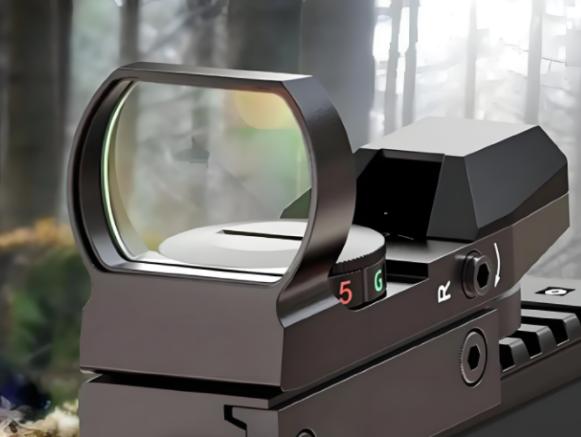
3. Eye Strain
Red Dot Sight: While the red dot is clearly visible, long periods of focusing on a red dot can lead to eye fatigue, particularly in bright settings or when maintaining a fixed focus. Red dots can cause stronger visual stimulation for some users.
Green Dot Sight: The green dot tends to cause less eye strain than the red dot. It is easier on the eyes over extended periods, as the green light is less harsh, providing a more comfortable aiming experience, especially during long shooting sessions.
4. Adaptability to Different Environments
Red Dot Sight: Red dot sights excel in bright, sunny environments where the high contrast of the red dot helps the shooter quickly acquire the target. However, in extremely bright conditions, like direct sunlight, red dots can sometimes cause glare or reflections, reducing clarity.
Green Dot Sight: Green dot sights are more versatile, performing well in both low-light and bright conditions. The green dot remains prominent even in direct sunlight, and in low-light conditions, it outperforms red dots, making it an all-around reliable option.
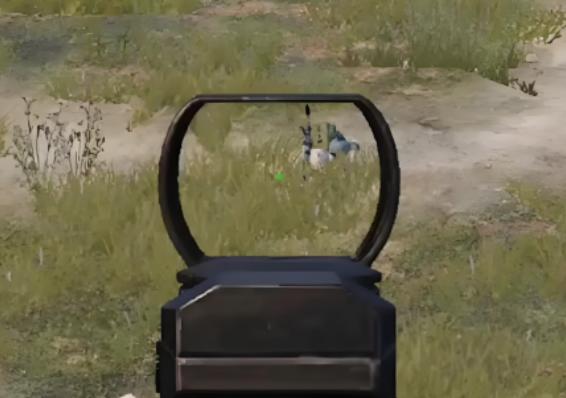
5. Battery Life and Efficiency
Red Dot Sight: Generally, red dot sights have a longer battery life, especially when used with lower brightness settings. The power consumption of the red dot is relatively low, making it suitable for daily use and short-term tactical applications.
Green Dot Sight: Green dot sights require more energy to produce the bright, noticeable dot, so they typically have shorter battery life compared to red dot sights. To extend battery life, shooters need to adjust brightness settings accordingly.
6. Cost and Availability
Red Dot Sight: Red dot sights are more commonly available and typically more affordable. With their widespread use and established technology, there are many brands and models to choose from, making them accessible to a wide range of budgets.
Green Dot Sight: Green dot sights are newer and tend to be more expensive. While they offer superior performance in low-light conditions, the cost can be higher, and the selection is more limited compared to red dot sights. However, as technology advances, more affordable green dot options are becoming available.
Red Dot vs. Green Dot Sights: Quick Comparison
| Feature | Red Dot Sight | Green Dot Sight |
| Dot Color | Red (high contrast, good in bright light) | Green (more visible in low light, less eye strain) |
| Low-Light Performance | Performs well in daylight, less effective in low light | Performs better in low light and nighttime conditions |
| Eye Strain | Can cause eye fatigue over long periods | Less eye strain, more comfortable for extended use |
| Adaptability to Environment | Best in bright conditions, may struggle in direct sunlight | Performs well in both bright and low-light conditions |
| Battery Life | Longer battery life, especially at lower brightness | Shorter battery life, requires more power for bright green dot |
| Cost | More affordable, widely available | Generally more expensive, fewer options available |
Part 4. How to Choose Between Green vs Red Dot Sights?
Choosing the right sight for your needs depends on several factors, including lighting conditions, shooting style, and personal preference. Here’s a detailed guide to help you decide whether a red dot or green dot sight is the best fit for you:
Choosing a Red Dot Sight:
- Bright Sunlight: If you often shoot in bright, sunny environments, a red dot sight offers excellent contrast for easy target acquisition.
- Quick Target Acquisition: Ideal for fast-paced shooting styles, like action or tactical shooting, where you need to quickly engage targets.
- Traditional Preference: If you’re comfortable with a traditional red dot and want a widely available, budget-friendly option, red dots are a great choice.
- Affordability: Red dot sights are more affordable and come in a wider range of models, offering great value for money.
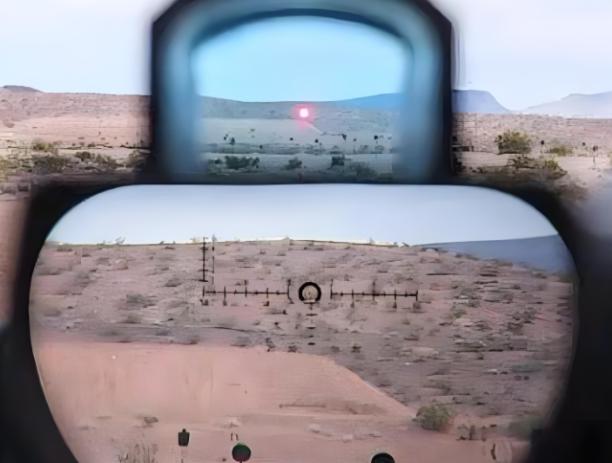
Choosing a Green Dot Sight:
- Low Light/Nighttime: A green dot sight is better for low-light or night shooting, as it stands out more in dim environments.
- Extended Use: If you need to aim for long periods, green dots reduce eye strain, making them more comfortable for extended sessions.
- Eye Sensitivity to Red: If red light irritates your eyes, a green dot sight is a good alternative as it’s gentler on the eyes.
- Improved Clarity in Tough Conditions: Green dots perform better in tactical situations and low-light environments, giving you a clearer view of your target.
Wrap Up
Red dot sights and green dot sights each have their own advantages, making them suitable for different use cases. Whether you choose a red dot or a green dot sight, make sure the sight you select provides the precision and comfort you need.
We hope that through this comparison, you now have a clearer understanding of the differences between the two and can make the best choice for your needs.
FAQs about Red vs Green Dot Sights
Is the green dot or the red dot better?
Neither green dot nor red dot is inherently better; it depends on your needs. Red dot sights are ideal for bright environments and quick target acquisition, while green dot sights perform better in low-light conditions and reduce eye strain during extended use.
Choose based on your shooting environment and personal preference.
What distance is a red dot sight good for?
A red dot sight is typically effective for distances ranging from 25 to 100 yards, depending on the size of the dot and the specific sight.
It’s ideal for close to mid-range shooting and offers quick target acquisition and accuracy at shorter distances. For longer ranges, a magnified optic might be more suitable.
Is it harder to see with green eyes?
No, it’s generally not harder to see with green eyes. In fact, green light tends to be easier on the eyes compared to red, reducing eye strain, especially during prolonged use.
Green dots in sights are often preferred by shooters who experience discomfort with red light or need to shoot in low-light conditions, as green is more visible and comfortable in dimmer environments.

